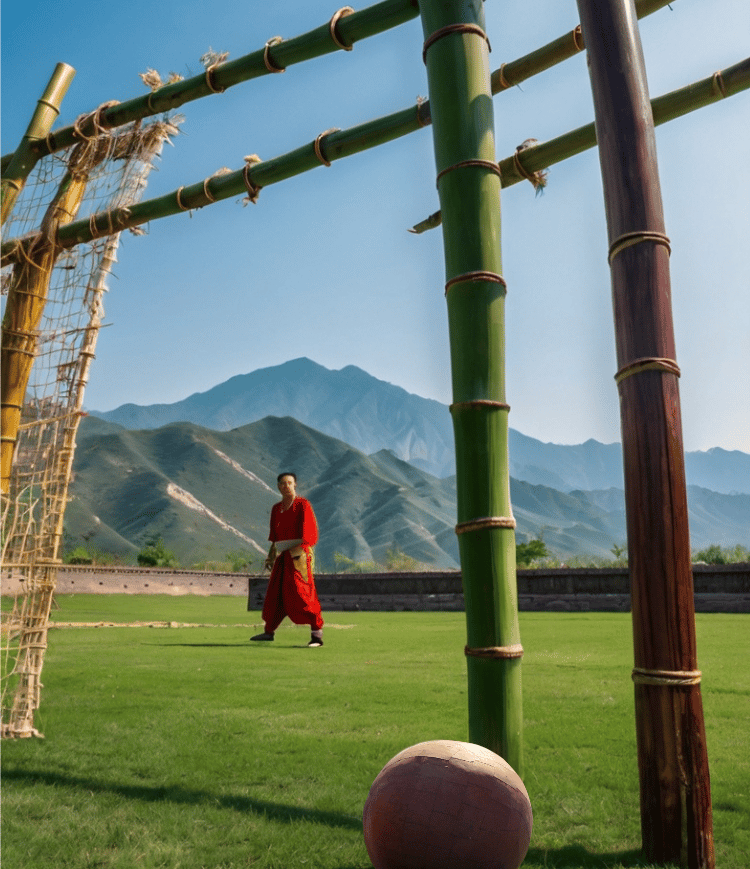Explore the world TOGETHER!
Explore the History of Football
Discover the fascinating journey From Cuju to Football, exploring how an ancient Chinese ball game evolved into the world's most popular sport over 2,000 years of history
ENGAGING SPORTS INSIGHTS
1/8/202515 min read
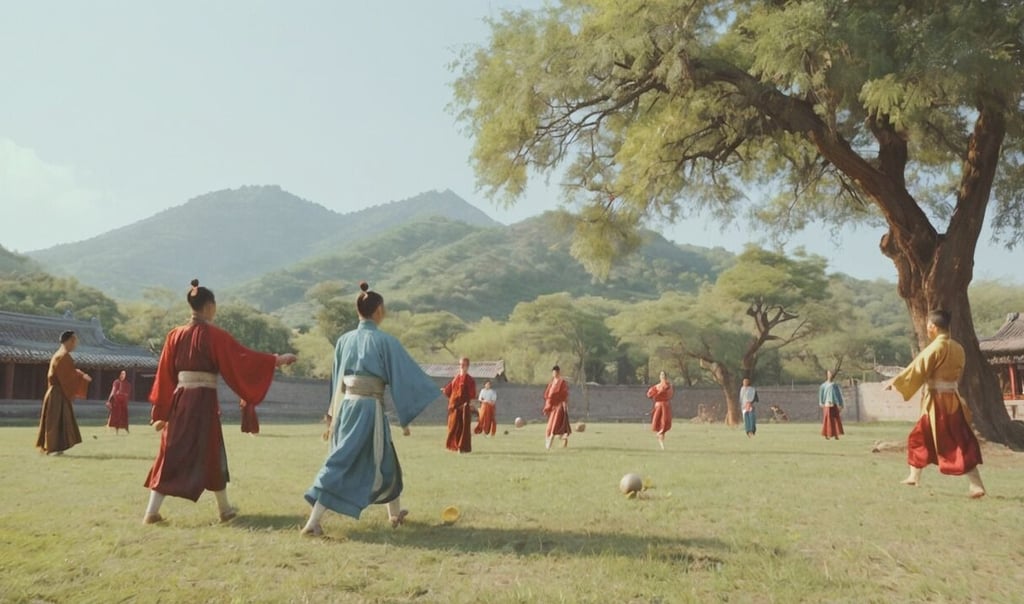

Explore the History of Football: From Cuju to the Modern Game
Imagine a cool autumn day in ancient China, over 2,000 years ago. A group of soldiers are in a field, watching a leather ball filled with feathers. With a quick kick, Cuju starts, the start of football's journey.
The story of Cuju to football is filled with cultural exchange, innovation, and passion. We'll see how a military training in Han Dynasty China started football's global journey.
From Cuju's origins to today's football, we'll follow its spread across continents. This tale shows human creativity, cultural ties, and our love for teamwork and competition.
As we explore from Cuju to football, we'll see how this simple game won hearts worldwide. It crossed borders and became a universal language. Let's travel from ancient China's fields to today's stadiums, uncovering football's amazing history.
Key Takeaways
Cuju, an ancient Chinese ball game, is considered the earliest form of football
The game originated during the Han Dynasty, over 2,000 years ago
Cuju was an important part of military training in ancient China
The sport featured various types of kicks and specific rules for body movements
Women participated in Cuju both casually and professionally
The evolution from Cuju to modern football involved cultural exchange and adaptation
Football's history reflects broader societal changes and technological advancements
Ancient Origins of Football in China
The history of football starts in ancient China. Han dynasty sports were the base for today's ball games. Cuju, an early version of football, began over 2,300 years ago. It's the oldest known football-like sport worldwide.

The Birth of Cuju in Han Dynasty
Cuju started in the Han Dynasty as a military drill. Players kicked a feather-filled leather ball through a net. Games had six to 16 players, trying to score in nets or wall openings.
Military Training and Royal Entertainment
Over time, cuju became popular with royalty. Emperor Song Taizu loved playing, making it a hit by the 10th century. It moved from military training to royal fun, with kickball clubs for the rich.
Early Rules and Playing Styles
Early ball games like cuju had different rules and ways to play. Wang Yuncheng's "Illustrated Rules of Kickball" showed two main types. Games were won by the team with the most goals. Clubs focused on virtues like respect and teamwork.
"Kickball promotes happiness, strengthens the body, aids digestion, combats obesity, and releases tension."
Even though cuju faded by the 15th century, its impact remains. China wants to be a football powerhouse. They aim to have 50 million players by 2025 and host the FIFA World Cup.
From Cuju to Football: The Evolution Begins
The history of football goes back over 2,000 years to ancient China. This early game, called Cuju, is the base of today's sport.
The Meaning of Cuju
Cuju means "kick ball with foot" in English. This name shows the game's core idea. It tells us where football started.
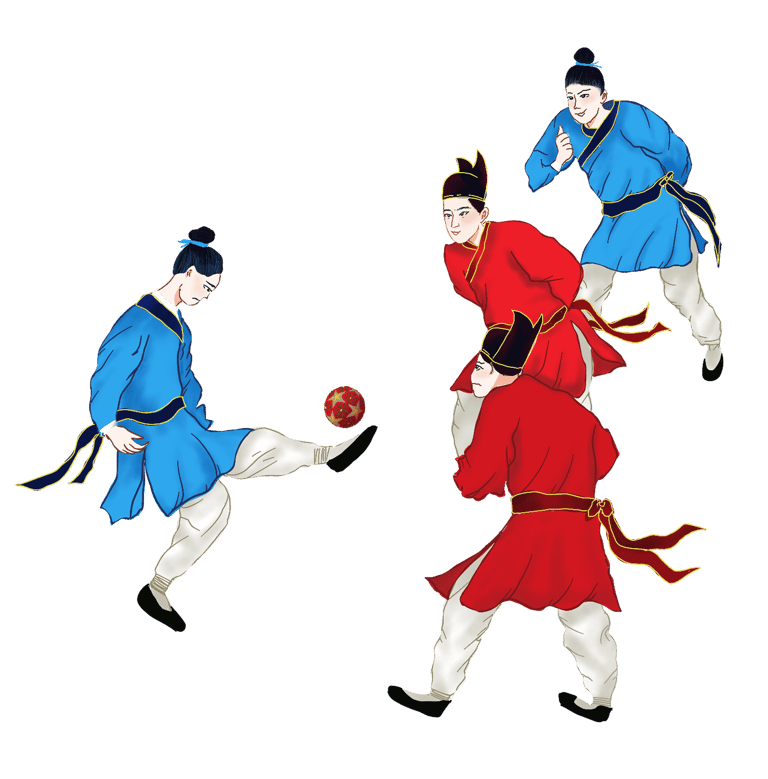

How Cuju Was Played
Players kicked a leather ball filled with feathers. They tried to keep it in the air and score by going through a net. This shows why it's called football, focusing on foot skills.
Cuju's Role in Ancient Chinese Society
Cuju started as a military training but became a favorite pastime. It was so popular that professionals and clubs needed money. It was more than fun; it was a way to live well.
"To play Cuju well, one must possess agility, balance, and strength of character."
This ancient game is the start of football today. Even though modern football began in 19th century England, Cuju's spirit is still in every game.
The Development of Ball Technology
Ancient ball games have been key in football's history. The growth of ball technology has shaped the sport we love today. From simple beginnings to advanced designs, the story of football's essential gear is captivating.
Feather-Filled Leather Balls
In ancient China, cuju players used balls filled with feathers. These balls weighed about 560 grams. As the game grew, so did the ball's design. Craftsmen used up to 12 leather pieces for a rounder shape.
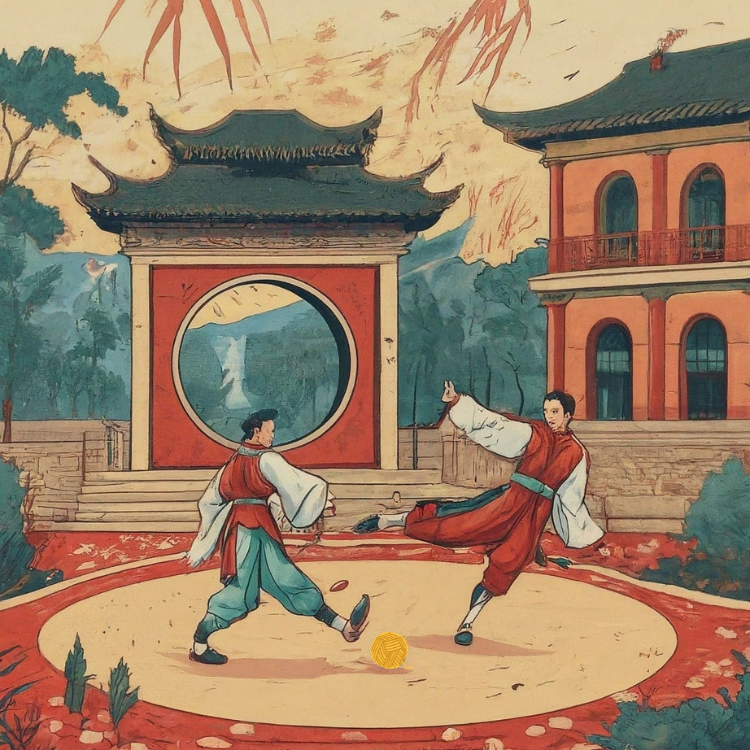


Evolution to Air-Filled Spheres
The next major step was air-filled balls. Makers used inflatable animal bladders covered in leather. This made the ball bounce better and last longer, improving the game.
Modern Ball Construction
Today's footballs show centuries of progress. The 2022 FIFA World Cup ball, made by Adidas, has a special design. It has 12 pentagons and 20 hexagons, making it perfect for play.
"The evolution of the soccer ball from hand-sewn leather and feathers to modern-day high-tech manufacturing processes has ensured consistency and performance in the beautiful game."
Ball technology keeps getting better, with new materials and designs. From cuju to today's football, the ball is central to the game's history.
Early Playing Fields and Goal Structures
The ancient Chinese football game of cuju saw big changes in its playing fields and goals. In the beginning, cuju was played in simple rectangular areas. As it grew, these fields became more complex.
Female Players in the Song Dynasty
Women's role in Cuju grew during this time. Female clubs formed, letting women play against each other and men's teams. Some female players were incredibly skilled, like a teenage girl who beat a team of soldiers.
Professional Women Athletes
As Cuju became more popular, professional women players became part of shows. They showed off their skills in public, helping the sport grow and become more important in ancient China.
Mixed Gender Matches
There were mixed-gender matches in ancient China's football history. Art and writings from that time show men and women playing Cuju together. This shows the sport was open to everyone back then, unlike later times when women were banned.
The story of women in ancient Chinese football reminds us of the sport's welcoming beginnings. It highlights the important role female athletes have played in football's history.
The Spread of Football Across Ancient Civilizations
Ancient ball games were the start of modern football. Over centuries and continents, many cultures made their own kicking games. These games helped shape the sport we love today.
Football-like Games in Asia
China's cuju spread to Japan and Korea. Japan made kemari, a non-competitive game. Korea created chuk-guk, similar to cuju but with its own rules.
Ball Games in Europe
In Europe, folk football games emerged. In Florence, calcio storico allowed hands and feet. Britain's folk football was chaotic, with few rules.
These early games helped create modern soccer.
The move from ancient games to modern football was slow. Each culture added its own twist. By the 19th century, these changes came together, creating the football we know.
"Football is a simple game; 22 men chase a ball for 90 minutes and at the end, the Germans win." - Gary Lineker
This quote shows football's fun side. It highlights how far the sport has evolved from its ancient beginnings. The spread of football games worldwide made it the global phenomenon we enjoy today.
Medieval Football in Europe
Football's history in medieval Europe is both fascinating and complex. It evolved from folk games played across the continent. These games had different rules and styles, setting the stage for today's game.
Folk Football in Britain
In Britain, football became popular in the Middle Ages. Games were played at Shrovetide, drawing in huge crowds. The first ball game references in England were in the 9th century.
Despite many bans, including over 30 laws from 1314 to 1667, football's appeal only grew.
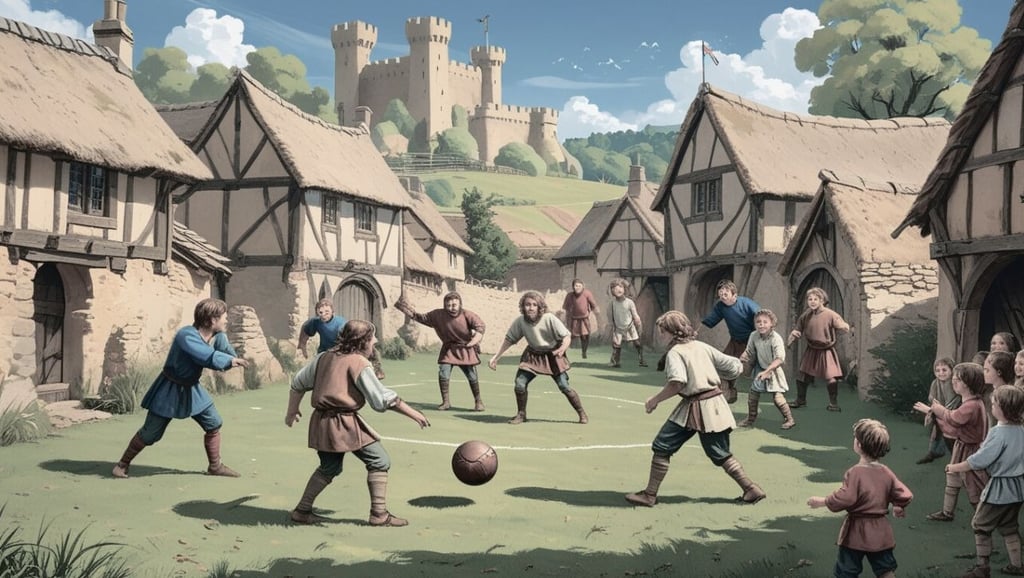

Impact on Global Spread
With clear rules, football's popularity grew fast. Teams could play fairly, no matter where they were. This led to international games and tournaments. The rules were a big step in football becoming the world's favorite sport.
"Football is nothing without rules." - Pierluigi Collina, renowned football referee
Knowing these rules was crucial for football players. They helped shape training and tactics. Coaches used them to plan strategies, and players learned to play better. This made football a structured, global sport.
Formation of Football Governing Bodies
The football history we know today is shaped by crucial organizations. These bodies emerged to standardize and govern the sport. They played a key role in shaping football into the global phenomenon we see today.
The Football Association's Creation
In 1863, the Football Association (FA) was formed in England. This was a big step in football history. It became the first official governing body for the sport.
The FA's main goal was to create a unified set of rules. This laid the foundation for modern football.
FIFA's Establishment
As football grew in popularity across borders, an international governing body was needed. In 1904, FIFA (Fédération Internationale de Football Association) was established. FIFA took on the responsibility of overseeing international competitions.
It also worked to standardize the game on a global scale.
Regional Confederations
To manage football in specific areas, regional confederations were formed. UEFA manages Europe, CONMEBOL South America, and AFC Asia. These organizations work under FIFA's umbrella.
They organize regional tournaments and support football development in their areas.
Today, about 250 million players play football globally. The sport's governing structure, from local associations to FIFA, ensures it thrives. It keeps its rich history and traditions alive.
Professional Football's Early Years
The football history we know today started in the late 19th century. As it grew, tactics became more complex. This change affected how players and coaches approached the game.
Evolution of Football Tactics
Early tactics were simple. Teams used a 2-3-5 "pyramid" formation. This led to exciting, high-scoring games that fans loved.
Tactical Revolutions
The offside rule, introduced in 1925, changed everything. Teams had to adapt, leading to more balanced strategies. This made football more strategic and less about just being strong.
Modern Strategic Approaches
Today, tactics focus on being versatile and adaptable. High pressing and possession-based play are key. Teams aim to control the game with precise passing and movement.
The Football League's founding in 1888 was a big step. It helped aspiring players learn to become professionals. As the sport grew, so did the skills needed to succeed.
"Football is not just about scoring goals. It's about strategy, teamwork, and adapting to your opponent's tactics."
Knowing football's history and tactics is key for those wanting to become pros. The game's past shapes its future, influencing training and competition at the top levels.
Goals in cuju started as single posts. Later, they became like modern football goals. Two posts with a net became the norm. Some versions even had a circular target called the fengliu yan.
The early fields and goals set the stage for today's football pitches. The shift from simple areas to complex layouts shows cuju's growth. It moved from a military training to a popular sport.
"Cuju increased in popularity and became a source of entertainment during the Song Dynasty (960 - 1279 AD)."
Interestingly, cuju's field evolution is similar to other ancient ball games. The Greek game of Episkyros, for example, also had two teams on a field. This shows how ball sports were loved across cultures.
Women's Role in Ancient Football
The history of football shows surprising facts about women's role in ancient Chinese football. In the Song Dynasty, women made big strides in Cuju, an early football form.
The Football Association's Establishment
In 1863, The Football Association (FA) was formed in London. This was a key moment for football, as it introduced standardized rules. The FA was influenced by the Sheffield Rules of 1857.
Continental European Variations
England played a big role, but other European countries also shaped football. Each country had its own ball games, adding to football's rich heritage. These traditions helped make football the global sport we love today.
"Football is nothing without fans." - Jock Stein
The journey from medieval games to modern football is captivating. It shows how the sport has grown with Europe's culture and society over the centuries. This journey has made football a significant part of world history.
The Birth of Modern Football Rules
The football history we know today started with the creation of rules in the late 1800s. This was a big change for football players and fans. The Football Association in England made these rules, starting the sport we love today.
Standardizing the Game
The new rules covered key parts of the game. They set the number of players, field size, and how to score. This made games consistent everywhere.


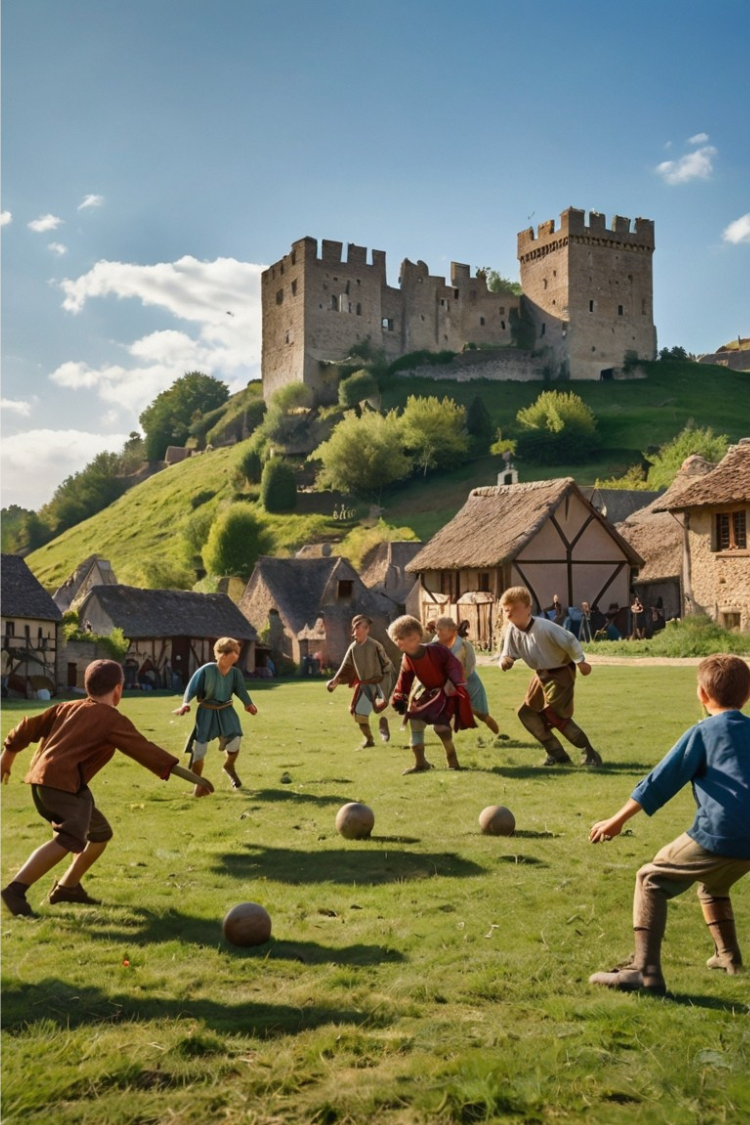

Share to Social


The Global Spread of Modern Football
Football's history is a thrilling tale from cuju to the game we love today. The sport's journey around the world started with FIFA's founding in 1904. This group was key in making rules and encouraging global matches.
The World Cup: International Competition
The first FIFA World Cup in 1930 was a big step for football. Held in Uruguay, it brought teams from all over, showing football's global love. Today, the World Cup is the biggest sporting event watched worldwide.
Evolution of the World Cup
In a century, the World Cup has shown football's growth. From amateur to professional players, the game has changed a lot. New tactics like Total Football and Tiki-Taka have changed the game.
The 2022 Qatar World Cup showed football's global reach. The Lusail Stadium, built by a Chinese company, was a highlight. Fans from everywhere came to feel the excitement.
"Football is the ballet of the masses." - Dmitri Shostakovich
From ancient cuju to today's World Cup, football has become a global love. Its power to bring people together shows its lasting appeal.
Technology's Impact on Football
Football has changed a lot thanks to new technology. The sport now uses tech to make games fairer and players better. This change has made becoming a pro footballer different today.
Goal-Line Technology
In 2013, goal-line tech was introduced to fix disputes over goals. It uses cameras to check if the ball crossed the line. This tech has cut down on big controversies in goal calls.
VAR Implementation
Video Assistant Referee (VAR) tech started in 2016 in Italy's Serie A. It lets officials check decisions with video. While it's made calls better, some say it slows down the game.
Training Innovations
Modern training in football has been changed by tech. GPS and sensors give real-time data on players. AI and machine learning help find new talent and predict player success.
The Expected Goal Ratio is a tool to measure shooting efficiency. But, it can't measure things like mental strength or team spirit.
"Digital transformation is expected to democratize the football industry, improving access to information and communication for clubs, players, and fans."
Technology is shaping football's future. It's mixing old skills with new tech. This change is changing how players train, teams plan, and fans watch the game.
Cultural Impact and Social Significance
Football has a long history, touching lives for centuries. It started in ancient China and has grown into a global sport. Today, it's a big part of many cultures.
In ancient China, a game called cuju was popular during the Han Dynasty (206 BC - AD 220). It lasted over a thousand years, showing its lasting appeal. Similar games were found in other places, like Australia's Marn Grook, which lasted for thousands of years.
As football grew, it showed and changed society. In medieval Britain, huge games brought villages together. These games were very different from today's football, played with inflated pig bladders.
"Football is not just a game; it's a cultural phenomenon that transcends borders and unites people."
From ancient China to modern England in 1863, football has changed a lot. It has influenced art, literature, and social life. It often shows us what's happening in society and can even lead to change.
Football influences national identities
The sport plays a role in international relations
It has inspired countless works of art and literature
From the exclusive Calcio of Renaissance Italy to the World Cup watched by millions, football's importance has grown. It brings people together, showing that it's more than a game. It's a common language for millions worldwide.
Economic Growth and Commercialization
The football history we know today is far from its early days. It has grown into a global giant, thanks to economic growth and commercialization. This change has altered how we see and play the game, including becoming football professionals.
Television Rights Revolution
TV rights have become a big money-maker for football clubs and leagues. The Premier League, for example, got a £5.1 billion deal for TV rights in 2015. This money lets clubs improve facilities, players, and programs for young players.
Sponsorship Development
Sponsorship in football has grown from local to global brands. Big companies compete for spots on jerseys and stadium names. For example, Manchester United's deal with TeamViewer is worth £47 million a year. This trend helps lower leagues too, making football more stable.
Transfer Market Evolution
The transfer market has seen huge price increases. In 1893, Willie Groves was the first £100 player. By 2017, Neymar's move to Paris Saint-Germain cost £198 million. This change affects how clubs work and players plan their careers.
The commercial side of football has opened new ways for those wanting to be football pros. It's not just about playing skills anymore. Knowing the business side of the sport is key in today's football world.


Conclusion
The journey from cuju to football spans over two millennia. It shows a rich tapestry of cultural exchange and sporting evolution. Football history began in ancient China, where cuju emerged as a military training and royal entertainment.
This early form of the game, dating back to the Han Dynasty, laid the foundation for what would become the world's most popular sport.
As the game spread across civilizations, it underwent significant transformations. The formalization of modern football rules in England in 1863 marked a pivotal moment in football history. This standardization paved the way for the sport's global popularity.
Culminating in the establishment of FIFA and the first World Cup in 1930.
Today, football's influence extends far beyond the pitch, shaping economies, cultures, and societies worldwide. From cuju to football, the sport's journey reflects humanity's enduring love for the beautiful game. While China's national team has faced challenges on the world stage, the country's historical contribution to football remains undisputed.
With Zibo, Shandong province recognized as the birthplace of this beloved sport.
FAQ
What is Cuju and how is it related to modern football?
Cuju was an ancient Chinese ball game from the Han Dynasty (206 BCE - 220 CE). FIFA recognizes it as the first form of football. Players kicked a feather-filled leather ball through a net.
How was Cuju played in ancient China?
Cuju was played on a rectangular field with goals. Players could use any body part except their hands. It was played competitively and cooperatively, even for military training.
What was the significance of Cuju in ancient Chinese society?
Cuju was more than a sport in ancient China. It was used for military training and royal entertainment. It became a national pastime during the Song dynasty.
How did football spread from China to the rest of the world?
Cuju-like games spread to Korea and Japan. In Europe, folk football emerged, leading to modern soccer. British influence in the 19th and 20th centuries helped spread football globally.
When were the modern rules of football established?
The modern rules of football were set in the late 1800s. The Football Association in England, founded in 1863, was key. They established rules like player numbers and field dimensions.
How has technology impacted modern football?
Technology has changed football a lot. Goal-line technology and VAR have improved game decisions. GPS tracking and analytics have also changed player training.
What role did women play in ancient football?
Women played a big role in Cuju during the Song dynasty. They had their own clubs and competed against men. Some women were very skilled, even defeating teams of soldiers.
How has the economic aspect of football evolved?
Football's economic impact has grown a lot. TV rights and sponsorships have become huge sources of income. The transfer market has also seen huge increases, making football a billion-dollar industry.
Why is it called "football"?
"Football" comes from the game being played with the feet. The name was used to distinguish it from horseback sports. It has stuck, even though other countries call it "soccer."
How did ball technology evolve from Cuju to modern football?
Ball technology changed from feather-filled leather to air-filled balls. This made the game more dynamic. The development of ball construction techniques influenced modern footballs.



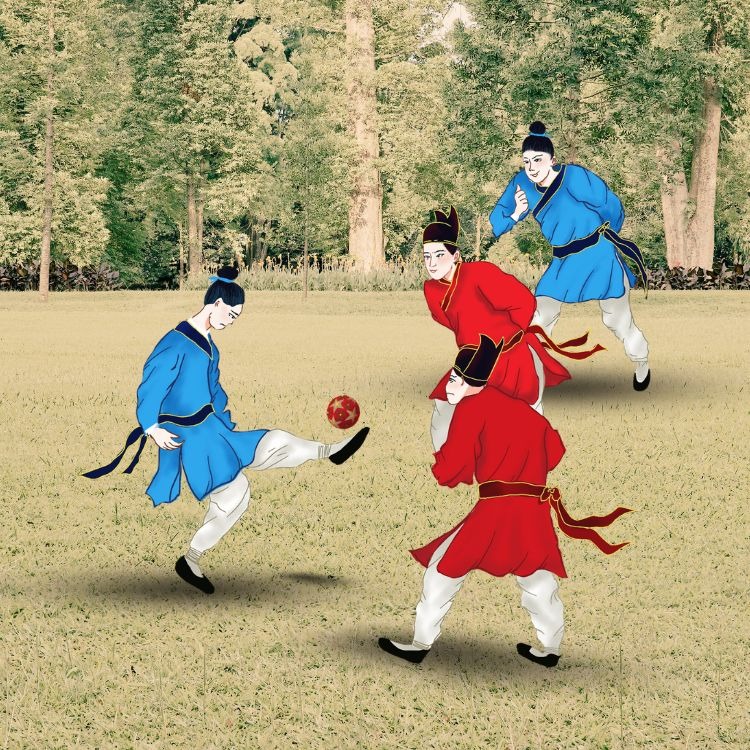

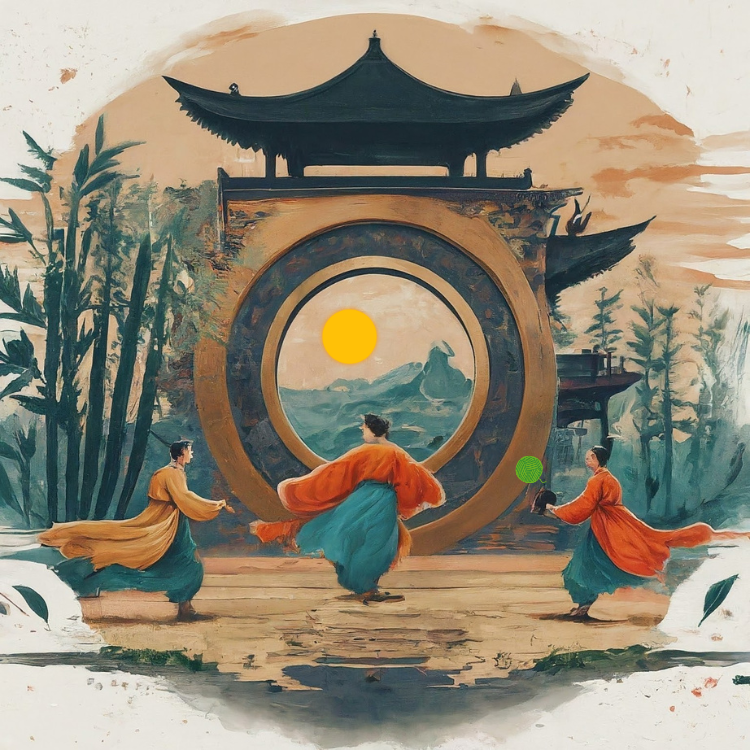





Gallery
Our Mock Up Design




































Subscribe to our newsletter
Enjoy exclusive special deals available only to our subscribers.
Adventure
Explore hidden gems, bustling streets, and serene wonders.
Passport
Globetrotter2024
Travel Out of Now Here
© 2024. All rights reserved.
Affiliate Disclosure:
This site contains affiliate links. If you make a purchase through these links, we may earn a commission at no extra cost to you. We only recommend products and services we trust. Thank you for supporting our site!



